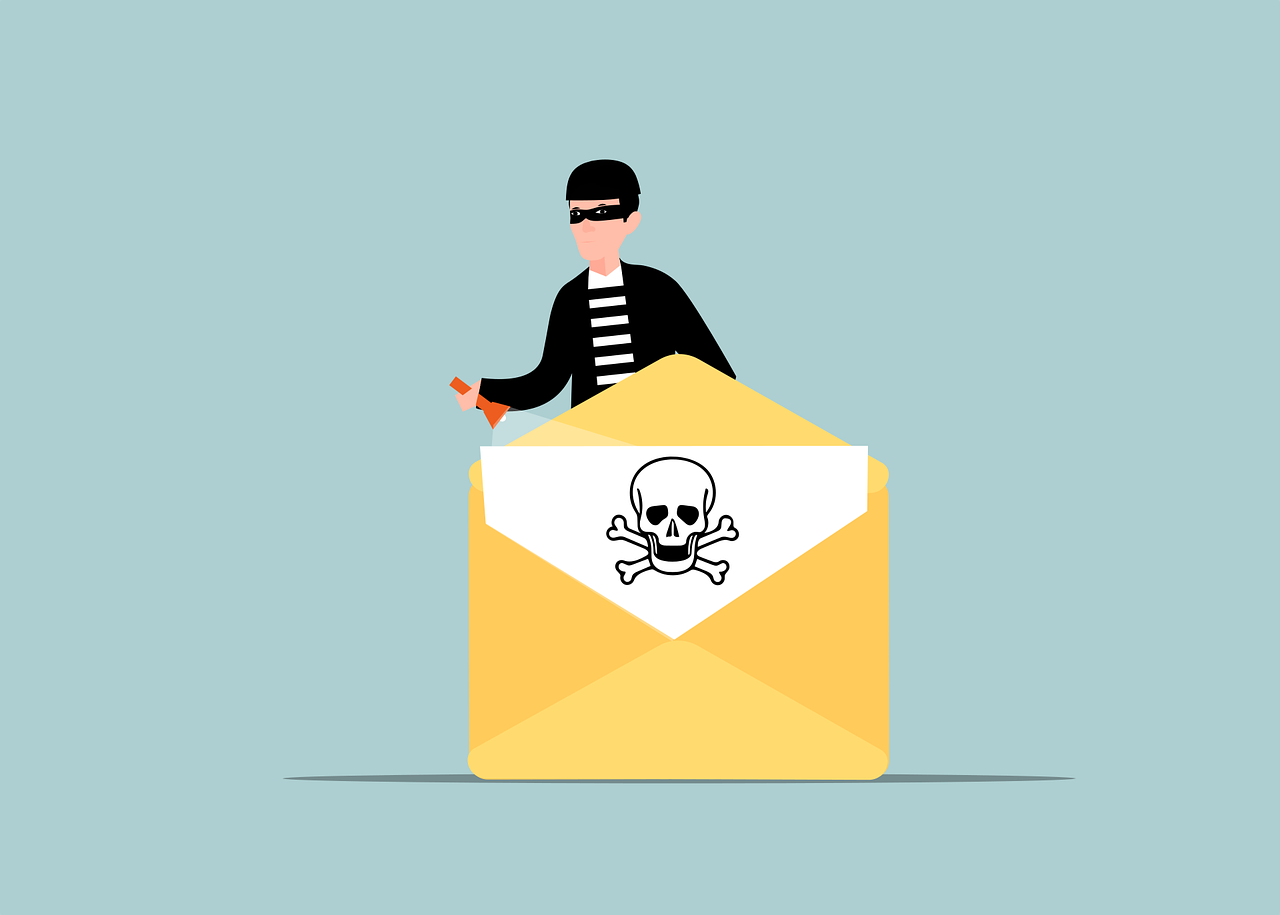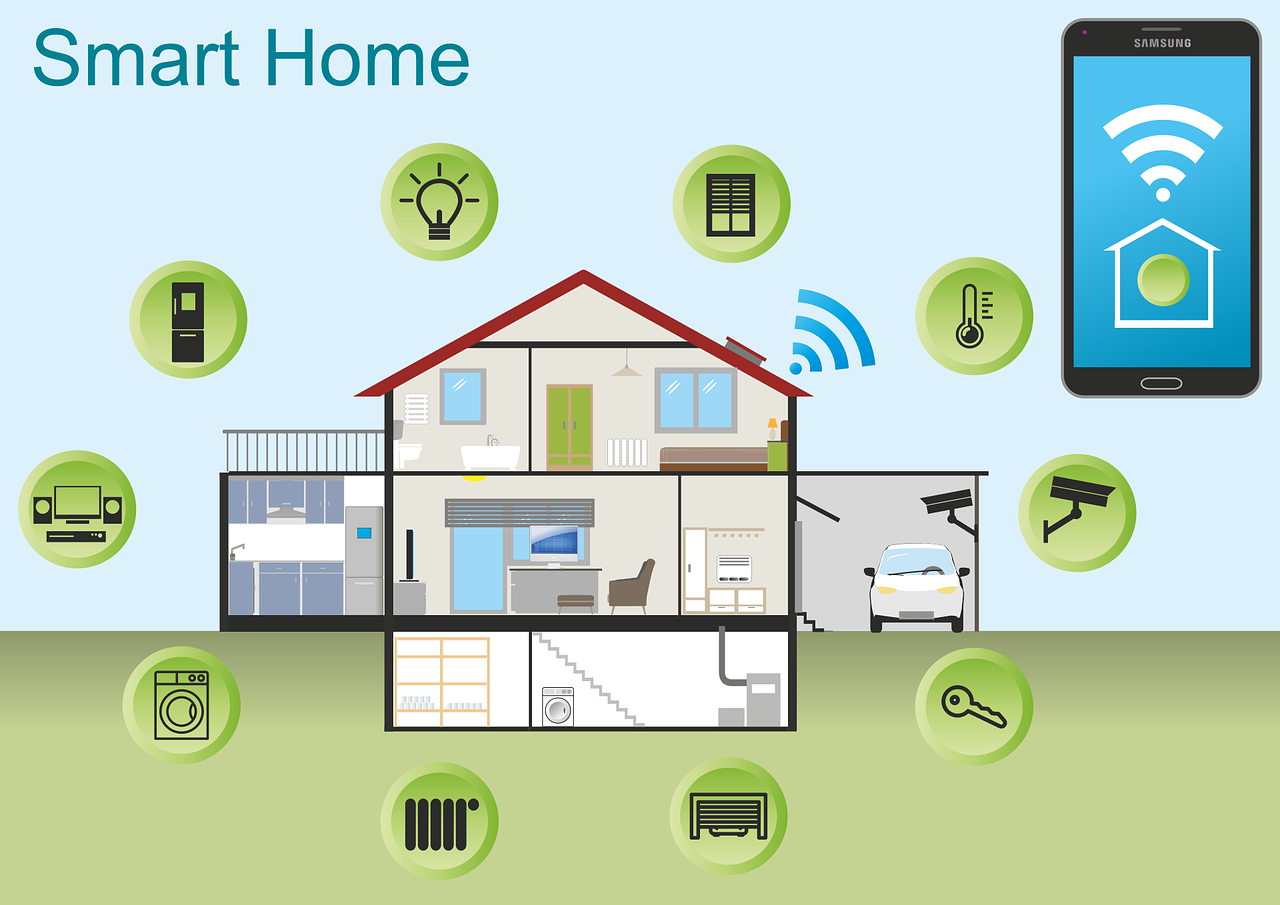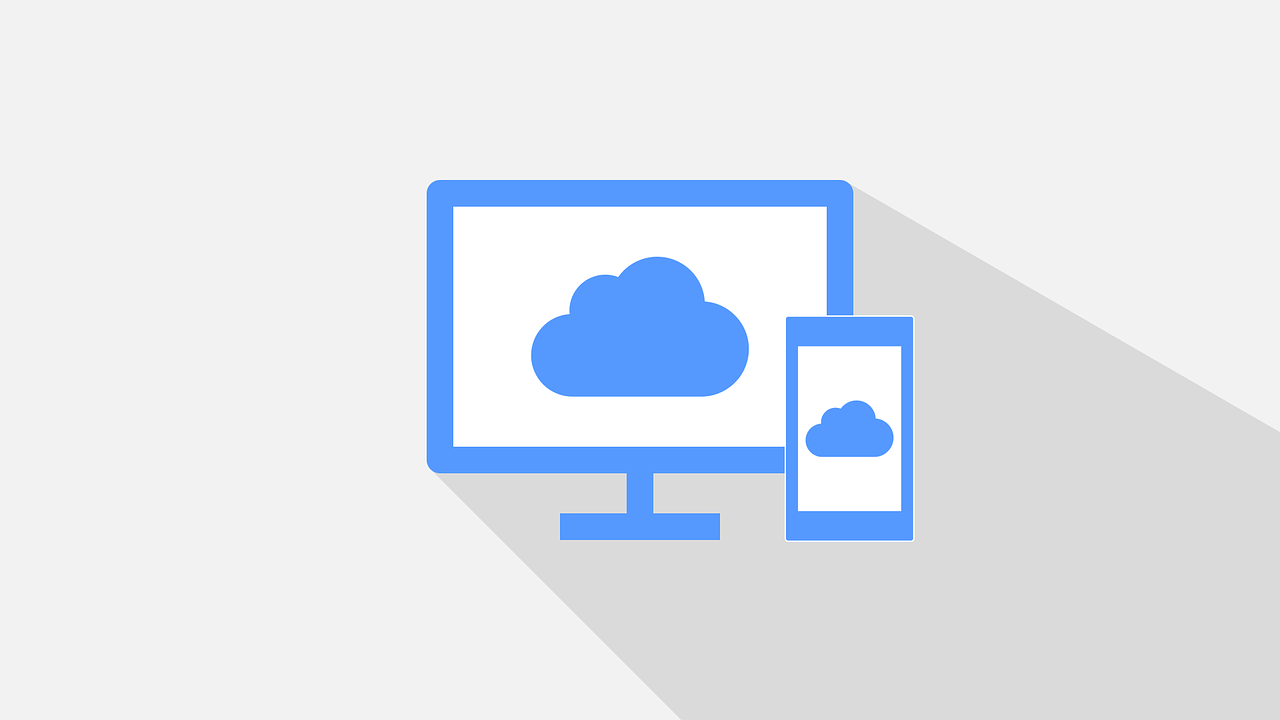|
Have you been hearing more about email authentication lately? There is a reason for that. It’s the prevalence of phishing as a major security threat. Phishing continues as the main cause of data breaches and security incidents. This has been the case for many years. A major shift in the email landscape is happening. The reason is to combat phishing scams. Email authentication is becoming a requirement for email service providers. It’s crucial to your online presence and communication to pay attention to this shift. Google and Yahoo are two of the world's largest email providers. They have implemented a new DMARC policy that took effect in February 2024. This policy essentially makes email authentication essential. It’s targeted at businesses sending emails through Gmail and Yahoo Mail. But what's DMARC, and why is it suddenly so important? Don't worry, we've got you covered. Let's dive into the world of email authentication. We’ll help you understand why it's more critical than ever for your business. The Email Spoofing ProblemImagine receiving an email seemingly from your bank. It requests urgent action. You click a link, enter your details, and boom – your information is compromised. The common name for this is email spoofing. It’s where scammers disguise their email addresses. They try to appear as legitimate individuals or organizations. Scammers spoof a business’s email address. Then they email customers and vendors pretending to be that business. These deceptive tactics can have devastating consequences on companies. These include: · Financial losses · Reputational damage · Data breaches · Loss of future business Unfortunately, email spoofing is a growing problem. It makes email authentication a critical defense measure. What is Email Authentication?Email authentication is a way of verifying that your email is legitimate. This includes verifying the server sending the email. It also includes reporting back unauthorized uses of a company domain. Email authentication uses three key protocols, and each has a specific job: · SPF (Sender Policy Framework): Records the IP addresses authorized to send email for a domain. · DKIM (DomainKeys Identified Mail): Allows domain owners to digitally “sign” emails, verifying legitimacy. · DMARC (Domain-based Message Authentication, Reporting, and Conformance): Gives instructions to a receiving email server. Including, what to do with the results of an SPF and DKIM check. It also alerts domain owners that their domain is being spoofed. SPF and DKIM are protective steps. DMARC provides information critical to security enforcement. It helps keep scammers from using your domain name in spoofing attempts. Here's how it works: 1. You set up a DMARC record in your domain server settings. This record informs email receivers (like Google and Yahoo). It tells them the IP addresses authorized to send emails on your behalf. 2. What happens next? Your sent email arrives at the receiver’s mail server. It is looking to see if the email is from an authorized sender. 3. Based on your DMARC policy, the receiver can take action. This includes delivery, rejection, or quarantine. 4. You get reporting back from the DMARC authentication. The reports let you know if your business email is being delivered. It also tells you if scammers are spoofing your domain. Why Google & Yahoo's New DMARC Policy MattersBoth Google and Yahoo have offered some level of spam filtering. But didn't strictly enforce DMARC policies. The new DMARC policy raises the bar on email security. · Starting in February 2024, the new rule took place. Businesses sending over 5,000 emails daily must have DMARC implemented. · Both companies also have policies for those sending fewer emails. These relate to SPF and DKIM authentication. Look for email authentication requirements to continue. You need to pay attention to ensure the smooth delivery of your business email. The Benefits of Implementing DMARC:Implementing DMARC isn't just about complying with new policies. It offers a range of benefits for your business: · Protects your brand reputation: DMARC helps prevent email spoofing scams. These scams could damage your brand image and customer trust. · Improves email deliverability: Proper authentication ensures delivery. Your legitimate emails reach recipients' inboxes instead of spam folders. · Provides valuable insights: DMARC reports offer detailed information. They give visibility into how different receivers are handling your emails as well as help you identify potential issues. They also improve your email security posture. Taking Action: How to Put DMARC in PlaceImplementing DMARC is crucial now. This is especially true considering the rising email security concerns with email spoofing. Here's how to get started: · Understand your DMARC options · Consult your IT team or IT security provider · Track and adjust regularly Need Help with Email Authentication & DMARC Monitoring?DMARC is just one piece of the email security puzzle. It’s important to put email authentication in place. This is one of many security measures required in the modern digital environment. Need help putting these protocols in place? Just let us know. Contact us today to schedule a chat. Article used with permission from The Technology Press. |
Tecflow Technology Blog
|
Have you ever seen a video of your favorite celebrity saying something outrageous? Then later, you find out it was completely fabricated? Or perhaps you've received an urgent email seemingly from your boss. But something felt off. Welcome to the world of deepfakes. This is a rapidly evolving technology that uses artificial intelligence (AI). It does this to create synthetic media, often in the form of videos or audio recordings. They can appear real but are actually manipulated. Back when you were a kid, living in a “smart home” probably sounded futuristic. Something out of Back to the Future II or The Jetsons. Well, we don’t yet have flying cars, but we do have video telephones as well as smart refrigerators and voice-activated lights. But even the most advanced technology can have analog problems. Hackers can get past weak passwords. Bad connections can turn advanced into basic pretty quickly. Have you run into any issues with your smart home gadgets? Not to worry! We’ve got your back when it comes to troubleshooting several common smart home issues. It can be challenging to keep up with the ever-evolving cyber threat landscape. Companies need to process large amounts of data. As well as respond to incidents quickly and effectively. Managing an organization's security posture is complex. That's where Microsoft Security Copilot comes in. Microsoft Security Copilot is a generative AI-powered security solution. It provides tailored insights that empower your team to defend your network. It works with other Microsoft security products. It also integrates with natural language to generate tailored guidance and insights. Cloud computing has revolutionized the way businesses operate. It offers scalability, flexibility, and cost-efficiency. But cloud services also come with a downside: cloud waste. Cloud waste is the unnecessary spending of resources and money on cloud services. These services are often not fully utilized or optimized. About 32% of cloud spending is wasted. This can lead to budget concerns as spending skyrockets. But that figure also holds opportunity. It means that you can reduce nearly a third of cloud spending by optimizing how you use cloud tools. Customer Login News & Updates
Tecflow Technology is proud to announce the launch of our new website at www.tecflow.net. The goal of the new website is to make it easier for our existing clients to submit and manage support requests, and provide more information about our services for ...
Contact us Learn more about what Tecflow Technology can do for your business. Tecflow Technology |







